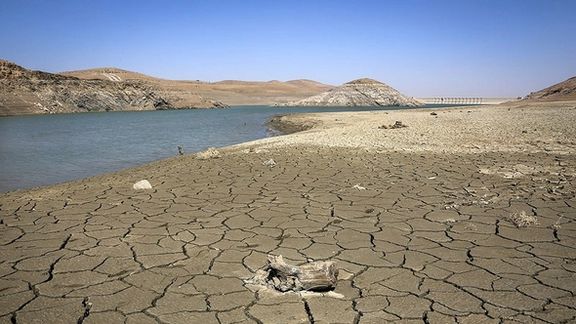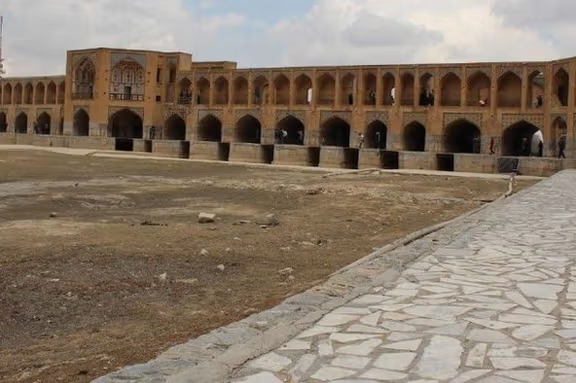Steel Industry Draining Iran’s Scarce Water Resources

Iran is the tenth producer of crude steel in the world, but the industry with a high demand for water is seriously threatening the country’s scarce resources.

Iran is the tenth producer of crude steel in the world, but the industry with a high demand for water is seriously threatening the country’s scarce resources.
Most of Iran's largest steel factories are located in arid regions such as Esfahan, Yazd, and Kerman provinces despite the very high water use in steel production. 97 percent of Iran’s land is arid or semi-arid.
To produce every metric ton of steel, the industry in Iran uses 230,000 liters of water. According to official figures, the steel industry uses around 70 percent of water reserves of dams, leaving only 30 percent for other industries, agriculture, and urban use.
According to the head of Iran’s National Standards Organization, the industry uses 60 percent more electricity to produce one metric ton of crude steel in comparison with developed countries. The annual wastage of electricity in the industry is around 24 billion KW/H.
At the height of cold and hot months, steel mills have to cope with electricity outages, as usage in Iran is far more than what it can produce. This month, there are reports of industrial plants including steel production shutting down intermittently due to electricity shortages.
The rapid growth in demand for water in Iran – resulting from the growth of population, agriculture, and industries -- has led to severe depletion of available water. The annual renewable water availability per capita reached a crisis level in 2021. Studies by the United Nations Development Program (UNDP) indicate that by 2040 Iran is likely to face a severe water stress level.

According to official figures, in December 2021, the volume of water stored behind the country's dams had dropped by 44% in comparison with the same month in the previous year.
Iran is also among the ten countries in the world that extract most groundwater and a hotspot of land subsidence induced by groundwater withdrawal. Ground subsidence has become a serious threat in 18 out of the 31 provinces of Iran and has become a threat to around a quarter of Iran’s urban population.
Hydro-electric electricity production amounts to 15 percent of Iran’s total electricity production which also dropped by around 40 percent in the previous calendar year (ended March 20, 2022) in comparison with the previous year mostly due to drought.
According to the World Steel Association (WSA), Iran produced over 28 million metric tons of steel in 2021, putting it just behind Brazil. The country, however, ranked 15th in net exports.
Iran is planning to produce 32 million metric tons of steel in the current Iranian calendar year (ending March 20, 2022) and authorities hope to climb to the seventh place among the world’s top steel producers by the 2025.
Production of all the top ten suppliers, including top steelmaker China, declined in the first 5 months of 2022, except India that had an increase of 6.5 percent. But Iran had the highest drop.
The steel industry has highly contributed to the drying of Zayandeh Roud river in Esfahan Province and seriously damaged agriculture in the region, giving rise to water protests in the past year.
Amid United States' sanctions on Iran's oil exports, steel is one of the main exports earning foreign currency for the government, which faces a serious financial crunch.